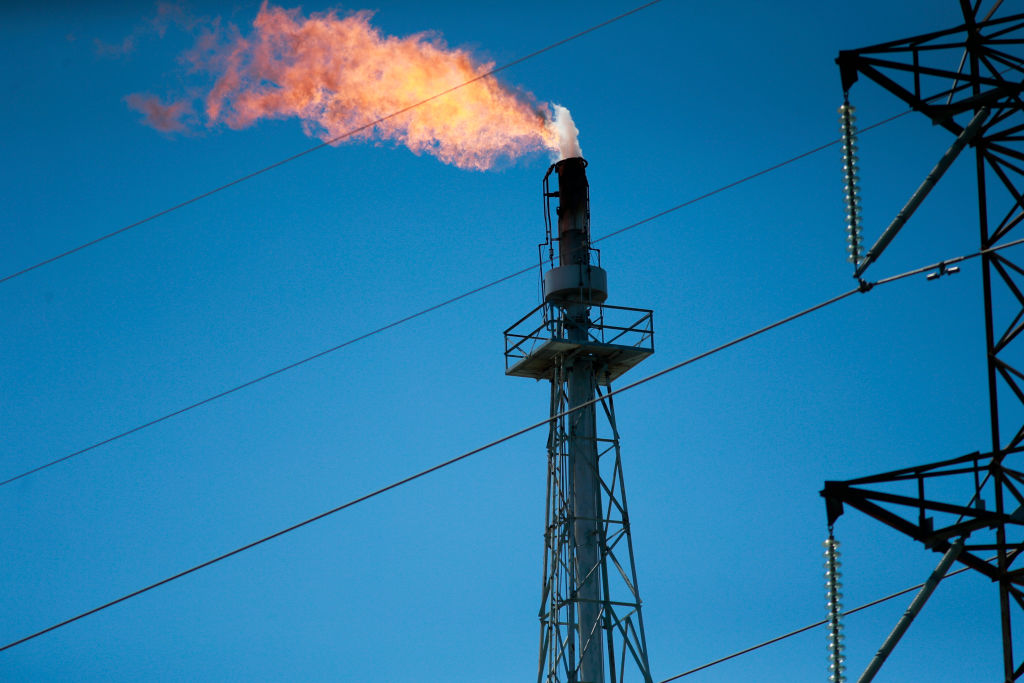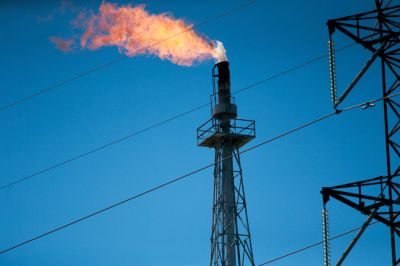Just after 3 p.m. on Thursday, March 18, 1937, a shop teacher at the New London School in Rusk County, Texas—a prosperous little community in the oilfields two hours east of Dallas—switched on a belt sander and blew the roof off the impressive new steel and concrete school.
Thank God that the students in the lower school had been dismissed early, but some 500 students and 40 teachers from grades 5-12 were still there. And they too were nearly spared. There were just 20 minutes or so left in the school day when a spark from that sander ripped a hole in their world.
“I had a headache that day, and I had gone out to my uncle’s car to lie down in the backseat,” recalled then-seventh-grader Margaret Nichols in an interview 70 years later. “I guess I was asleep when a boulder came through the front windshield. All of a sudden I was covered with dust.”
That headache probably saved her life. Nearly 300 students and teachers were killed that day, and it remains the worst school disaster in American history.
Young Margaret was fortunate in her location at the time of the blast, but not unusual in her headaches. Students had been complaining of them for months, but no one saw a pattern that pointed to a larger problem.
The problem was that the school district, in order to save the $300 a month it was paying in the winter months for natural gas heat, had its plumbers tap into the “wet gas” line from a neighboring oilfield. This waste product released when pumping liquid petroleum, often burned off at the top of wells in spectacular plumes, was of no value to the oil companies and, while much less reliable than purified methane, was abundant and free. But the plumbers had failed to secure the lines properly, and the school had been built on a slope, so that there was a 253-foot long, 6-foot wide chamber underneath the building to make it level. When the gas ignited, it went off like a bomb.
A young reporter from the Dallas bureau of United Press, Walter Cronkite, came out as soon as the news reached the city moments later. Decades afterward, Cronkite, who went on to cover the campaign against the Nazis in the North African desert and the Battle of the Bulge, remembered that day in East Texas this way: “I did nothing in my studies nor in my life to prepare me for a story of the magnitude of that New London tragedy, nor has any story since that awful day equaled it.”
The whole world heard about the disaster. Even Adolf Hitler sent a telegram of condolence. There was much anger, but no accountability for school officials. Even so, the legacy of the disaster is with us still today. The putrid sulfur smell we associate with leaking natural gas comes from the addition of foul-smelling thiol gases, which became standard thanks in part to the tragedy.
And for most of the 20th century, that was how Americans thought of natural gas. It was good and clean burning for home heating in warmer and temperate climates, but too scarce and too dangerous to be a reliable source of energy for most. It was common for making chemicals, but always remained a specialty item. The safer bet was electricity, and most electricity was produced by burning coal to generate steam that turned turbines.
In 1950, natural gas accounted for almost none of the electricity produced in the United States. Coal was the biggest source, with some hydroelectric power rounding out the picture. But over the next two decades, one of the most ambitious building projects we’ve ever seen began to crisscross the country with pipelines. There are now about 3 million miles worth under our feet.
With new ways to get the gas to market, it became increasingly popular for home heating and, to a lesser degree, for generating electricity. From 1950 to 1970, U.S. natural gas production nearly quadrupled, but still mostly to serve industrial and home heating needs. And that was part of what made gas, though cleaner burning than coal, unattractive as a power source even as new environmental restrictions came on line. Every winter brought price increases, and in hard winters like the one we’ve had, price shocks.
But another revolution was just over the horizon.
Gas producers had long been pushing the boundaries of exploration, using new materials and technologies to go deeper than ever imagined offshore and on land. But huge reserves of gas were unrecoverable because they were locked in the strata of the earth or mixed with silt.
Gas producers had used “shooting” since the late 1800s, a process in which explosives broke loose the gas, but it was dangerous work. In 1921, though, Oklahoman Erle Halliburton won a patent for his technique for “cementing” wells. What began as a way to combat mud and muck in the gas fields would, in time, become what we now know as hydraulic fracturing, or “fracking.” By pushing heavy liquid into the earth, drillers could isolate and extract gas from deep, massive, previously unusable reserves far from the traditional oil patches around the Gulf of Mexico. Appalachia and the Great Plains turned into the new Saudi Arabias.
After remaining constant for nearly 40 years, natural gas production skyrocketed, doubling between 2006 and 2020. But what to do with it all?
Gas producers knew that to prevent a glut and crash in prices, they needed to open up new markets. And the most obvious target was electric utilities, which were then still dominated by coal. Already under pressure over carbon emissions, power companies were desperate for alternatives. Also looking for a way out just then was a new Democratic president who had gotten elected promising to crack down on global warming, juxtaposing himself with the Texas oilman whom he had succeeded. Driving up the price of energy during the deepest recession since the Great Depression wasn’t a viable option, but the new profusion of natural gas offered an alternative.
Cheap, plentiful natural gas allowed Barack Obama to crack down on coal, decrease emissions, and not send consumer energy prices into the stratosphere. By 2014, the natural gas revolution had helped power Obama to a second term and made the United States into a net energy exporter. After generations of decrying a lack of “energy independence,” America had done that and more.
But the problem in the Democratic coalition was that what Obama had described as a “bridge fuel” wasn’t leading anywhere except to more gas production and consumption. Environmentalists, who were already furious over the side-effects of fracking, which had become a cause célèbre on the left, warned that cheap carbon-based energy was the problem, not the solution. The consensus in the climate activist community hardened around the idea that by delaying the pain of the transition to renewable energy, natural gas was the next major target for action.
But the industry wasn’t standing still, either. New advances in shipping and storage had arisen to meet the boom in production, including new terminals to process and ship liquefied natural gas for the export market. American gas exports increased nearly fivefold from 2014 to today. And environmentalists had identified an emerging threat in the American energy industry.
And that brings us to President Joe Biden and his decision to “pause” the development of new natural gas export facilities.
It’s an understandable election-year play for a candidate who has serious problems on his left, particularly with younger voters who tend to be more interested in environmental causes than their older counterparts. But it also poses some problems—short, medium, and long term.
One of the countries that the United States leapfrogged to become the global leader in natural gas exports was Russia. That’s particularly important because the U.S. and Russia have the same primary market for their gas: Europe. Access to more U.S. gas has decreased the leverage Vladimir Putin has over our European allies, freeing them up to take harder lines against Russia’s aggression in Ukraine and elsewhere. Reducing supplies would also increase the price that Russia could get for the energy it’s already producing.
But there are domestic political considerations, too. Pennsylvania is the second-largest producer of natural gas in the United States, second only to Texas. Nearly a quarter of all production comes out of the Keystone State. There are nearly 260,00 Pennsylvanians working in the energy industry, many in natural gas, and many in the kinds of positions that Biden describes as “jobs that deliver dignity.”
That all points to the strong possibility for the “pause” to be an election-year bait and switch. It’s good politics now, as Biden is looking for strong showings in the primary contests that start this week with South Carolina, to be seen as cracking down on natural gas. But as the president gets closer to November, he may decide to follow the lead of Pennsylvania’s popular Democratic governor, and come to terms with the industry.
Biden would like to generate some enthusiasm with younger voters, but he just can’t win without his native Pennsylvania.







Please note that we at The Dispatch hold ourselves, our work, and our commenters to a higher standard than other places on the internet. We welcome comments that foster genuine debate or discussion—including comments critical of us or our work—but responses that include ad hominem attacks on fellow Dispatch members or are intended to stoke fear and anger may be moderated.
With your membership, you only have the ability to comment on The Morning Dispatch articles. Consider upgrading to join the conversation everywhere.